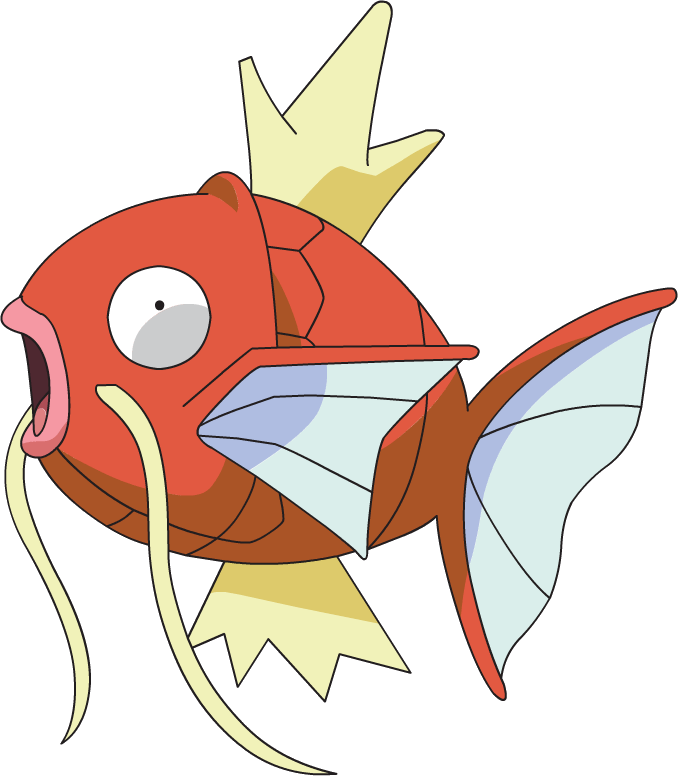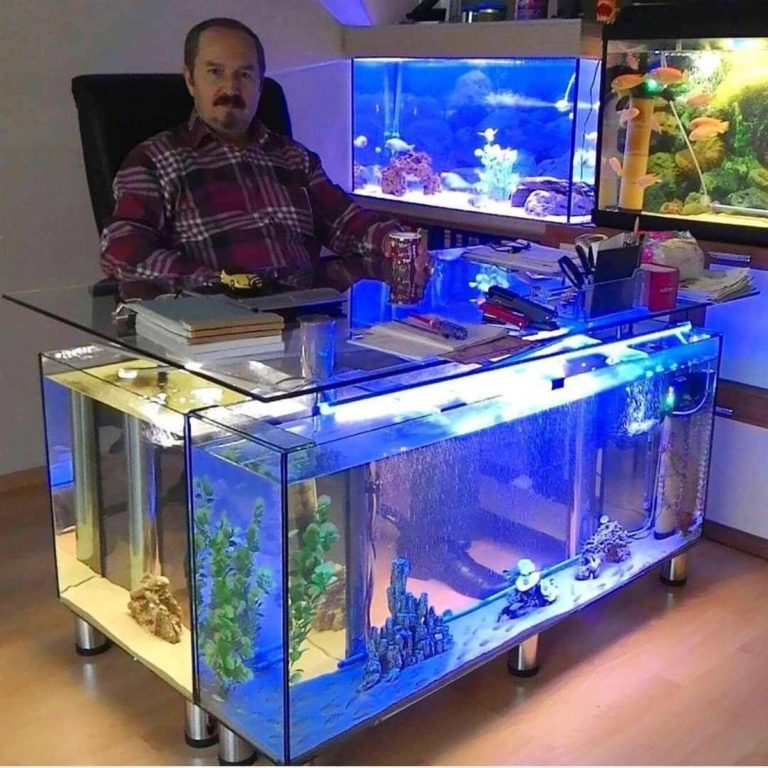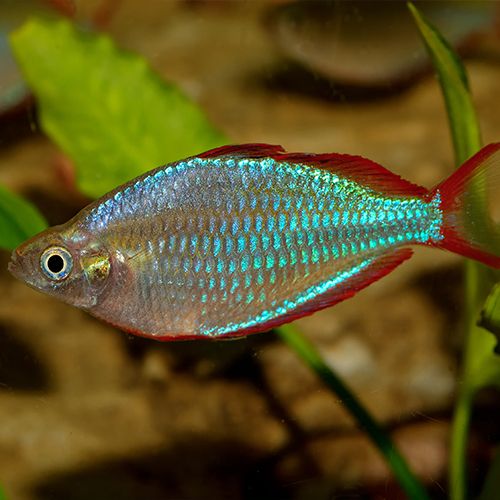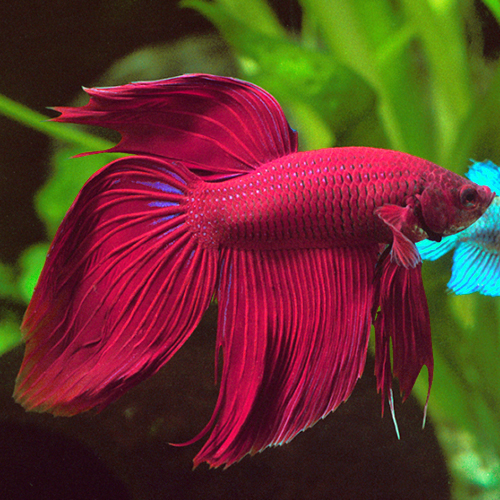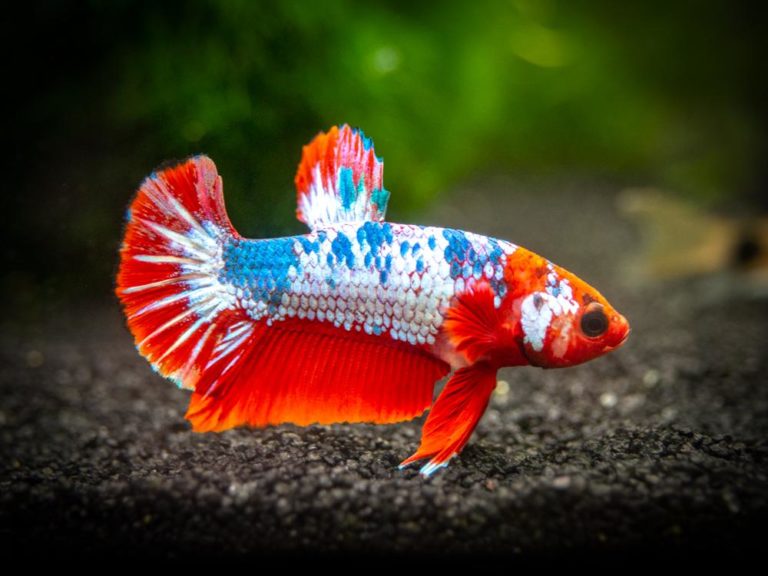Top Cherry Shrimp Tank Mates

Neocaradina Davidi aka The Cherry Shrimp swiftly rose to become the most popular invertebrate in the aquarium hobby owing to its vibrant colors, Hardiness and ultimately its ease of keeping.
Native to Taiwan, The Wild variety is not as brightly colored as their captive counterpart which has been line bred for generations.
Nonetheless, Cherry shrimps are really rewarding to keep, In all forms and colors.
But owing to their smaller size and defenseless nature, You need to be careful with choosing compatible tank mates for them.
As a rule of thumb, Any fish large enough to fit an RCS in its mouth will cost you an expensive snack.
Some aggressive fish may also go after a shrimp, Nipping at it until it dies from the stress endured, Again becoming a tasty snack.
If you’re trying to breed shrimps, You’d be better off keeping a Shrimp-0nly tank. If not, Then keep reading.
Down below I’ll be listing down my favorite Tank Mates for these adorable little inverts.
1. Mosses (Java moss, Christmas moss, Flame moss, etc)
Yes, I’m starting this list with plants, Different kinds of mosses to be specific.
Cherries and various Moss varieties have a symbiotic relationship kind of like Clownfishes and Sea Anemone, In that the mosses provide cover and food sources to the shrimp.
In turn, the mosses utilize shrimps fecal matter as nutrition.
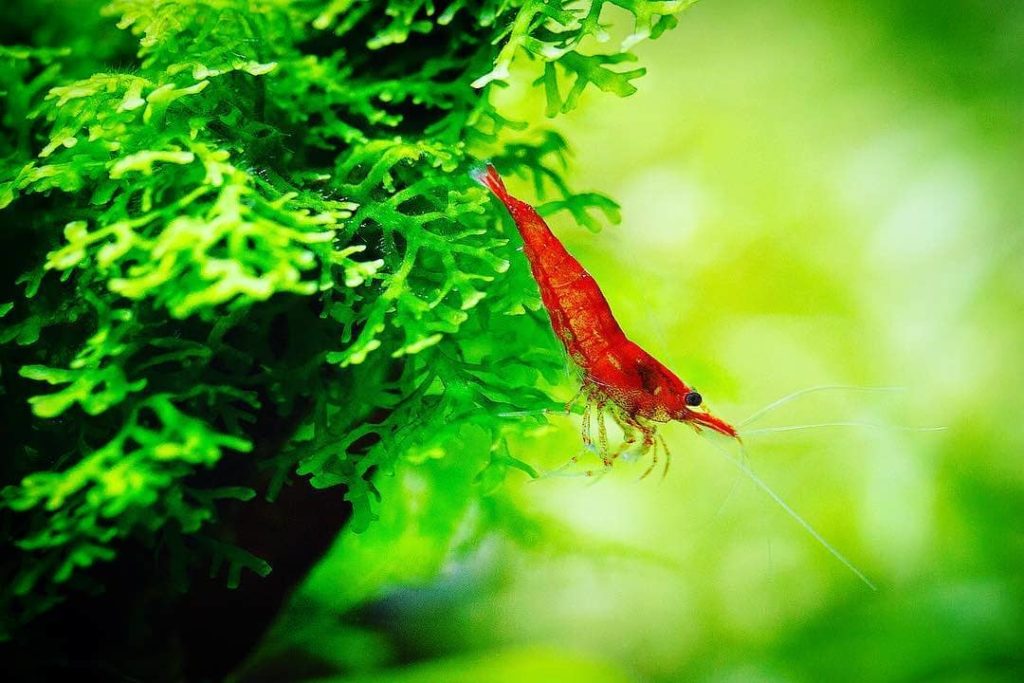
Most people tend to go with Java Moss (Vesicularia dubyana) due to its non-demanding nature. It’s very hardy and does just fine in low light conditions.
It can be easily tied or glued to a rock or a piece of driftwood.
It’s also relatively cheap and widely available in local and Online fish stores throughout.
Alternatively, you can go with Christmass Moss, Flame Moss, Weeping Moss, and many others.
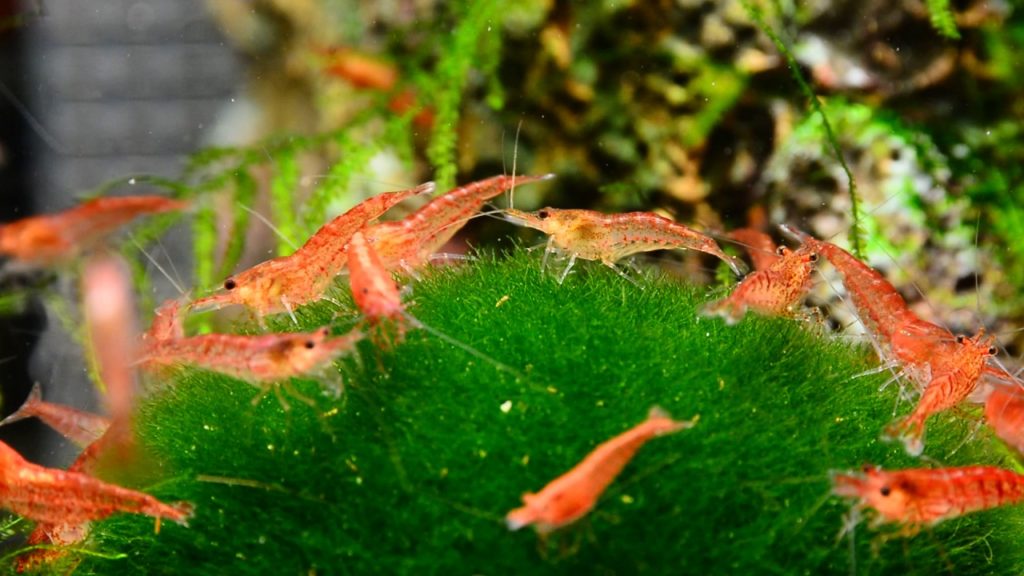
2. Other Shrimp Species
Caradina Species such as Amano Shrimp/Yamato Shrimp (Caridina multidentata), Variations of Bee Shrimp (Caridina cantonensis), i.e Crystal Red Shrimp, Crystal Black Shrimp,etc.
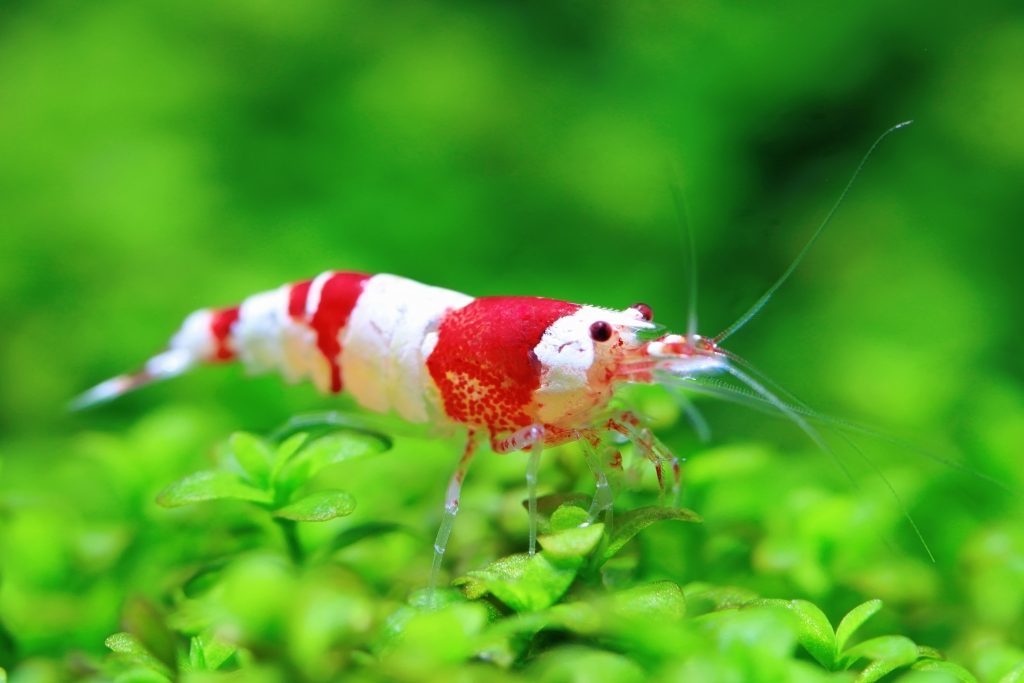
3. Snails
For the number three (lol) we have another invertebrate, Various kinds of Freshwater Snails – Assassin Snail, Nerite Snail, Mystery Snail, Gold Inca Snail, etc.
Snails are often times added as a part of the maintenance crew to the aquarium as they indeed do a good job of cleaning up the algae, uneaten food, debris and dead organic matter.
Although a lot of snail species can overpopulate the tank by reproducing asexually, Ending up becoming a pest.
This can be kept in check by adding Assasin snails to your aquarium.
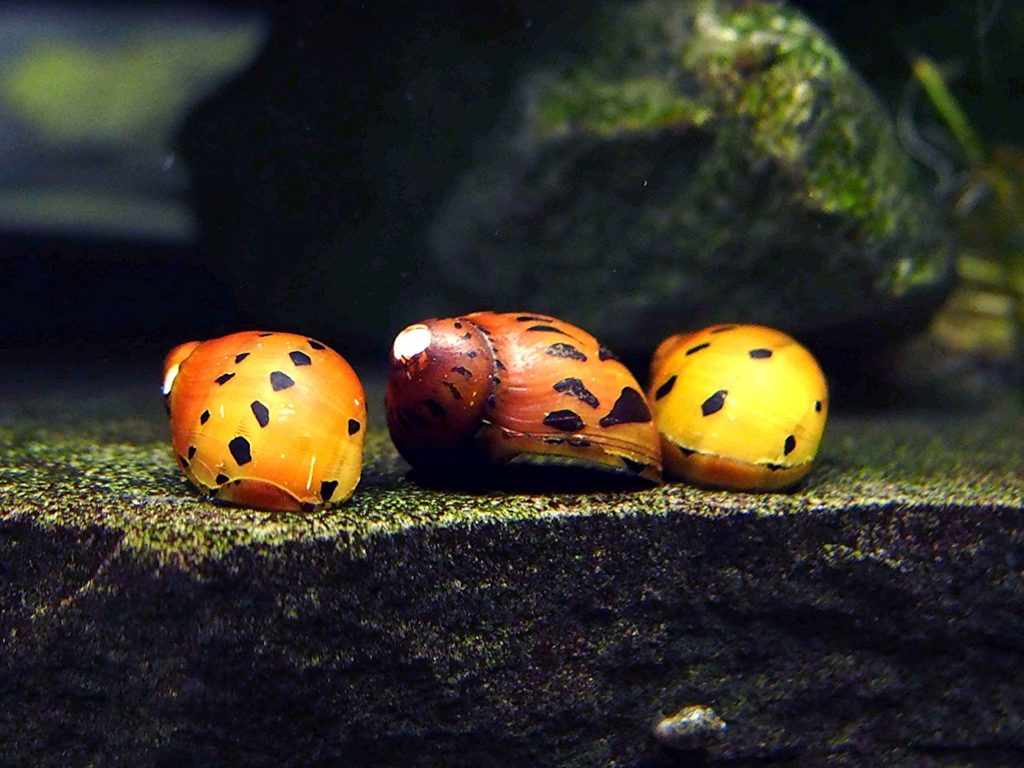
4. Otocinclus Catfishes aka Dwarf Suckers
Otto cats are very docile schooling species and generally like to keep to their own.
As a bonus, They will clean the algae off the glass, rocks and plants for you.
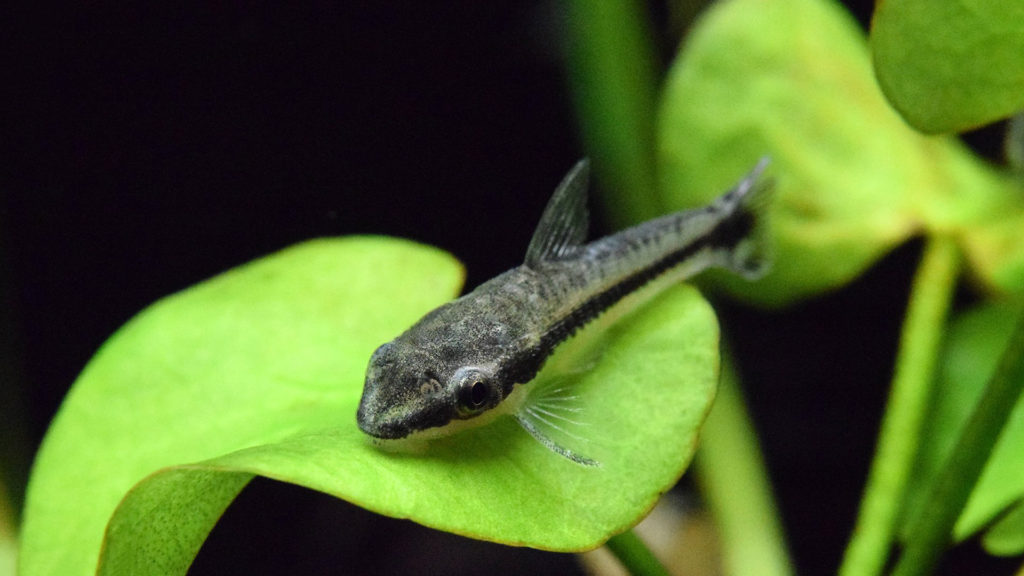
5. Corydoras Dwarf Catfish
Corydoras are another genus of peaceful, schooling catfish. They are scavengers and bottom-dwellers, And despite of sharing the same tank area as the shrimps, Cories tend to not bother them.
Various Species from the Corydoras genus, i.e Albino Cories, Sterbai Cories, Pygmy Cories, Panda Cories, Orange Laser Cories, etc.
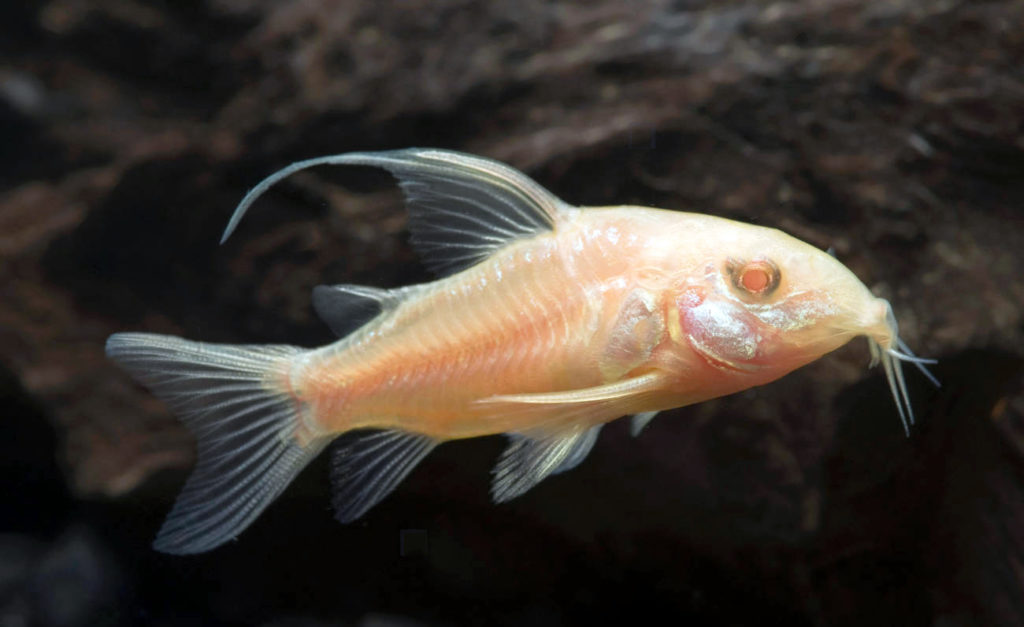
6. Small-sized Rasboras
Rasboras, As a genus are very peaceful and don’t get very big to begin with. The largest of the species do not surpass 4 inches.
For e.g. – Harlequin Rasbora, Lambchop Rasbora, Kubotai Rasbora, Chilli Rasbora.
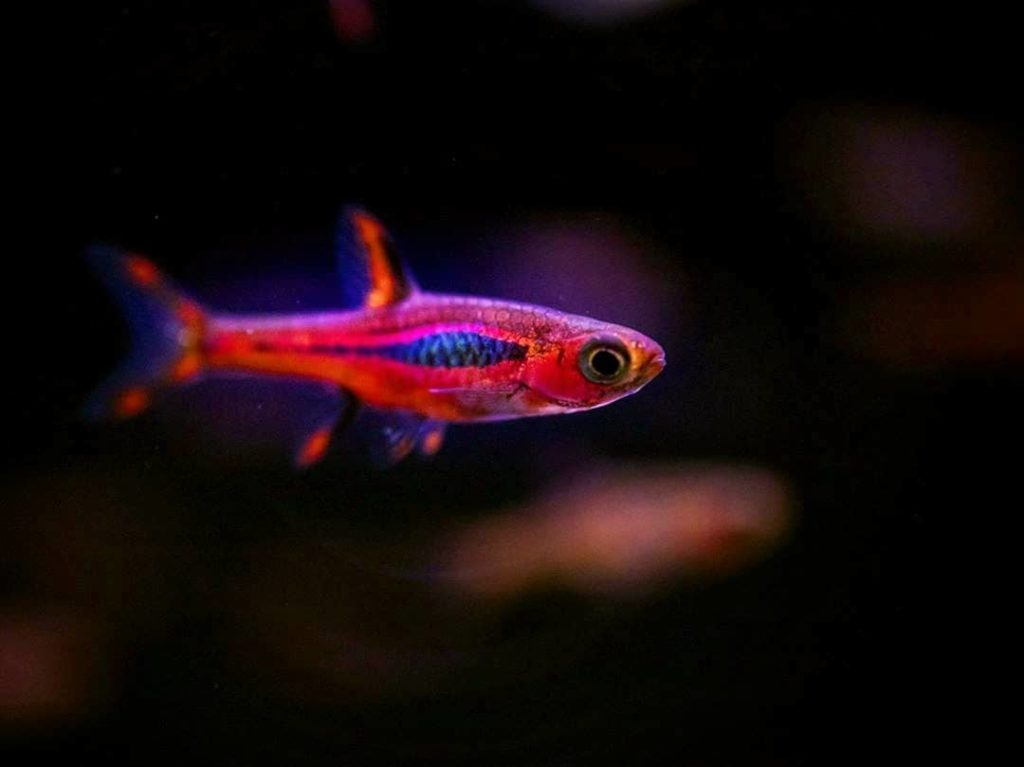
7. Small-sized Tetras
Tetras share quite a lot in common with Rasboras, In that they are generally non-aggressive and are a schooling fish. They make for a great addition to a community tank.
For e.g. – Neon Tetra, Green Neon Tetra, Ember Tetra.
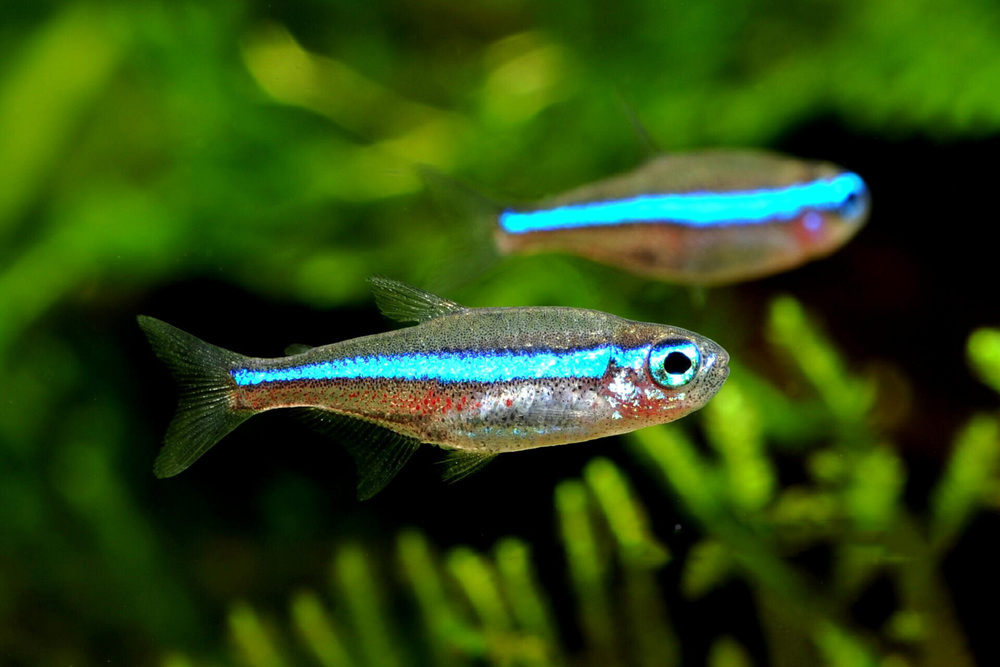
Fishes to avoid –
- Any species with an aggressive temperament who may have a tendency to nip at the shrimps (eg – Bettas, Serpea Tetra, Barbs, Mollies).
- Any Species large enough to gulp down a shrimp in a single instance – Any kinds of Cichlids (Angelfish, Discus, African Cichlid species, etc).
